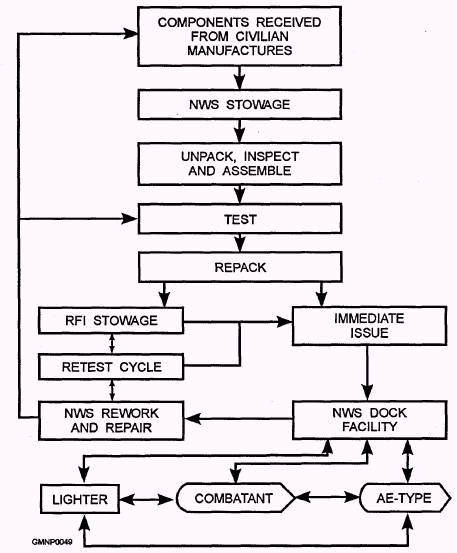

Locate the reset button on the base station, next to the ports. You may then use the device in its default state or reconfigure it using AirPort Utility.īefore resetting your base station, it's best to make sure that its firmware is up to date, if possible. The base station won't be visible in the Wi-Fi status menu or AirPort Utility for up to a minute.
#Apple airport manual mac
The base station network name is set to "Apple Network," followed by the last six digits of the base station's MAC address.The base station name is set to "base station," followed by the last six digits of the base station's MAC (Media Access Control) address.
#Apple airport manual password

Also note that "N-only" requires clients to be N-capable to join, but it doesn't force clients to use only N-style MCS-based rates it still enables the A/G OFDM rates so that clients can choose those rates for possibly greater range or power savings.Ĭontrary to what you said in your Question, there was never an option for a 4mbps multicast rate because there is no such thing as a 4mbps data rate in 802.11, a, b, g or n.Resetting your AirPort base station restores it to a state that allows you to regain control of it when you lost the base station password or the base station isn't responding as expected.
#Apple airport manual windows
Note that to see some of these options, you'll need to hold option on the Mac or alt on Windows while clicking the Radio Mode pop-up menu.

If you change your radio mode on the 2.4GHz radio to G-only or N-only, the 2.4GHz band "Low/Med/High" multicast rates match the 5GHz values in the chart above. In contrast, 802.11 in 5GHz started with 802.11a OFDM rates, so there are no 1/2/5.5/11 rates in that band. Note that the AirPort Extreme's default "Automatic" radio mode supports 802.11b clients in 2.4GHz, so the multicast rates for that band in this table are 802.11b CCK and 802.11-1997 DSSS DPSK rates. Medium: 5.5 mbps in 2.4GHz, 12 mbps in 5GHz Here's what those settings mean, per band: For simultaneous dual-band APs, the AirPort Utility displays Low/Medium/High instead of numeric rates in the multicast rate pop-up menu because it means different things in the different bands.


 0 kommentar(er)
0 kommentar(er)
